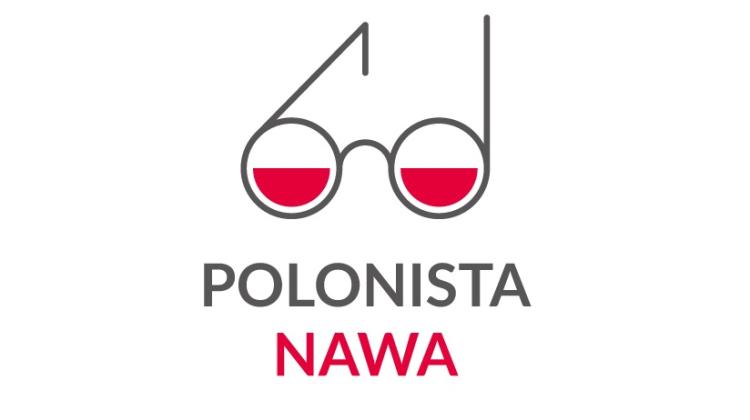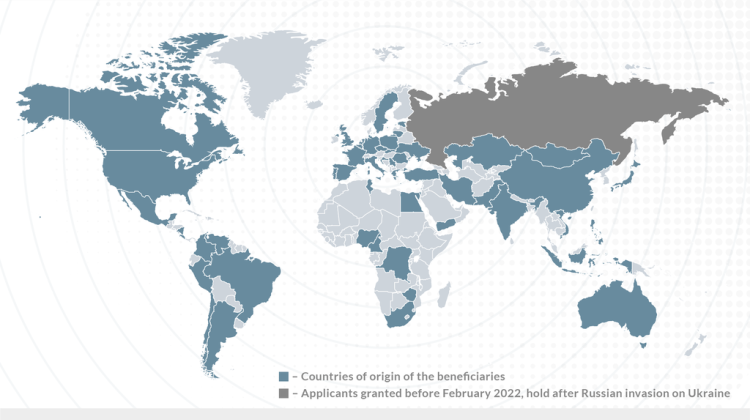Warsaw University of Technology students won deep-sea robot competition

Students of Warsaw University of Technology won the gold medal by default in the deep-sea robot competition Black Sea ROV in Romania. Very bad conditions - big waves - scared off the competitors. The team from Warsaw was the only one in its category to participate in the competition.
Błażej Żyliński, coordinator of the deep-sea robot project from the Warsaw University of Technology Students\' Space Association said in an interview with PAP that the conditions during the competitions in the Romanian Constanta on the Black Sea were very harsh. Because of the storm, the competition was delayed by one day (it took place on Monday), but the waves were still very high. "Although there were five teams in our category, we were the only ones willing to compete" - said Żyliński. He admitted that the conditions were so difficult that Polish robot nearly crashed into the shore, but it came out unscathed. The team from Warsaw University of Technology won the gold cup and prizes.
The competition also took place in the category for schools. The first prize went to the Atlantis Team representing the United States.
The tasks of the machines competing in Black Sea ROV (Remotely Operated Vehicle) included underwater obstacle course, "demining" objects, performing precise tasks under water and picking up small objects from the bottom of the tank. The organizers decided, however, to cancel some of the scheduled competitions in the category for students due to the deteriorating conditions at sea. Deep-sea robot only had to reach the gates placed at a certain depth.
Żyliński described the robot built at Warsaw University of Technology in an interview with PAP. Rectangular black frame of the robot carries components: ballast tanks (elongated tubes with pistons), and 8 thrusters size of a fist, which allow the robot to submerge, tilt and manoeuvre. In addition, the central part of the device houses electronics and a camera. The coordinator explained that ensuring the housing tightness was big challenge.
Attached to the robot is a 60-meter long cable-rope. It supplies power and transfers commands to the robot. Żyliński admitted that wireless transmission of data to submersible devices is extremely difficult - even getting live image from the camera mounted on the robot is problematic.
"For us, this competition is part of the preparation for the +Marine Advanced Technology and Education+ competition, which will take place in the summer of 2015" - said Żyliński and explained that this is the most prestigious competition of deepwater ROVs. In addition to the participation in next year\'s competition, students also plan to build a robot that could perform tasks at a depth of 100 meters.
PAP - Science and Scholarship in Poland
lt/ mki/
tr. RL
Przed dodaniem komentarza prosimy o zapoznanie z Regulaminem forum serwisu Nauka w Polsce.


















